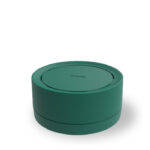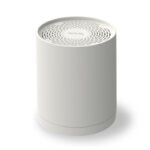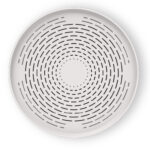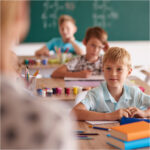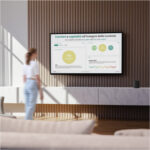How do you explain to children what pollution is?
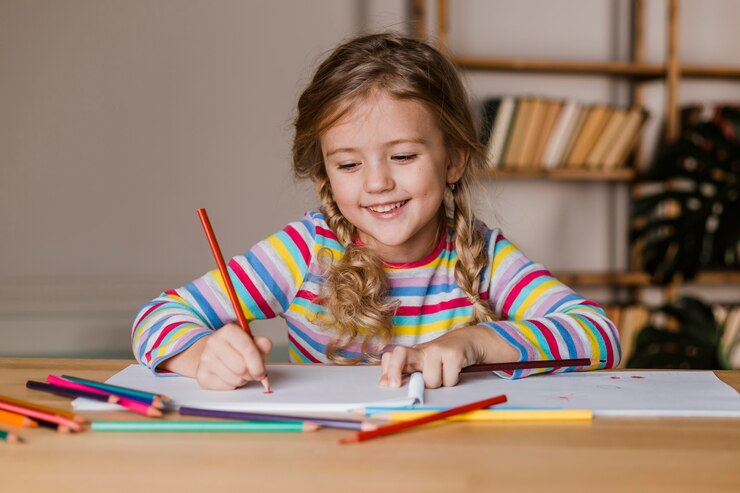
How children imagine nature and their home
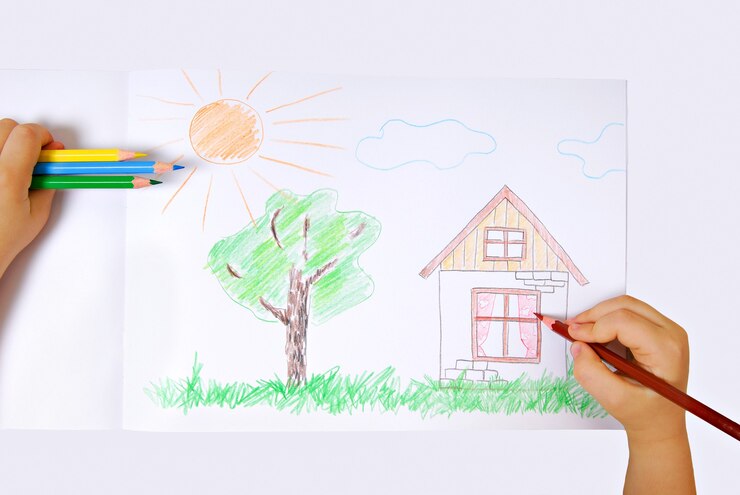
In children’s drawings the sky is always blue, the earth is covered with vigorous green, and the house represents the safe shelter in which families live.
The reality, especially in recent decades, is not quite what little ones imagine. Often the sky is covered with a smog blanket, the earth is dried out, and dangerous pollutants lurk within the home walls.
In children’s drawings we also happen to see the exhaust of a car or smoke from the chimneys of a small house-this is an excellent starting point for introducing the topic of pollution.
Where to start
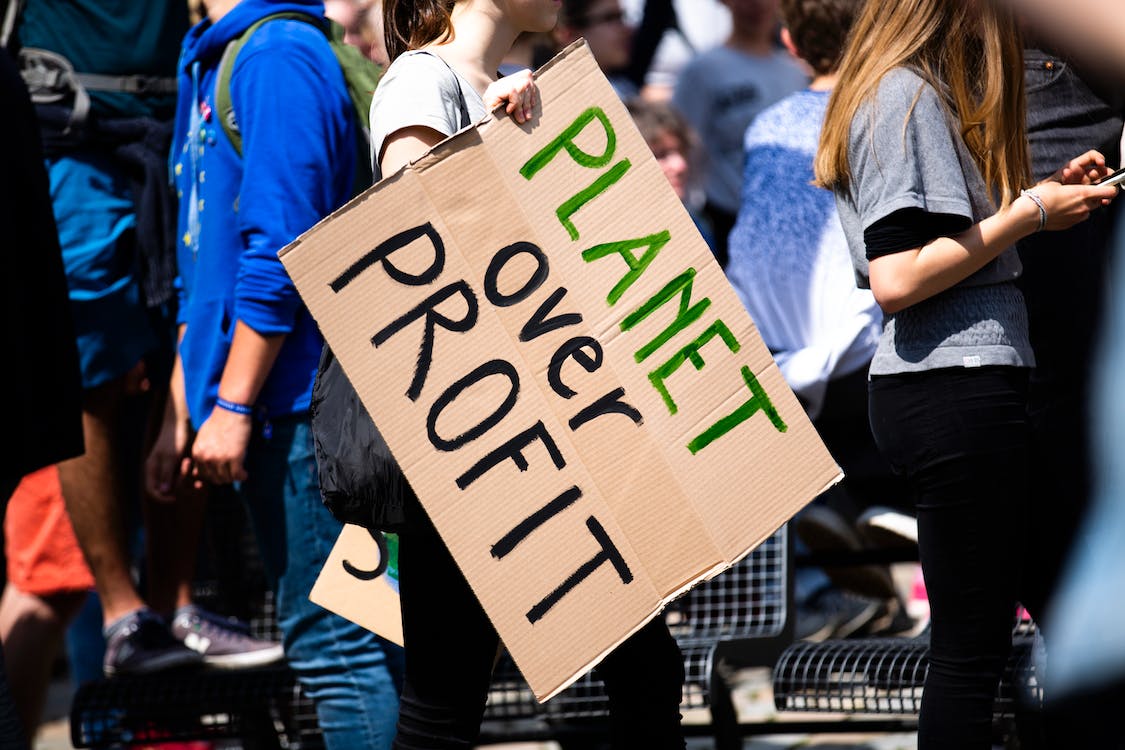
Climate change is among the debates on the agenda that affect the world of adults and the world of young people, thanks in part to the efforts of Swedish activist Greta Thunberg, who is calling on students around the world to take to the streets to demand concrete change from politicians so that tomorrow’s generations can live on a more sustainable planet.
Air pollution, its harms and remedies can be explained to young children with good results if the right words are used and child-friendly activities are suggested.
First, it is necessary to get an idea of what children think by asking them what they know about the topic of pollution. The child will draw on his or her experiences and memories to formulate an initial response.
At this point the adult, latching on to his or her answer, can continue the conversation and expand the topic by being guided by the concepts set forth by the child.
Not everything that harms is visible to our eyes

The term “pollution” comes from the Latin word “inquinamentum,” meaning dirt.
Children associate pollution, like most things, with the sense of sight and smell, and thinking of unpleasant smells and dense fumes give it a negative connotation.
But most pollutants, especially those that lurk in enclosed places, are colorless and odorless: invisible to our eyes.
Children simulate what they see: let’s give them a good example
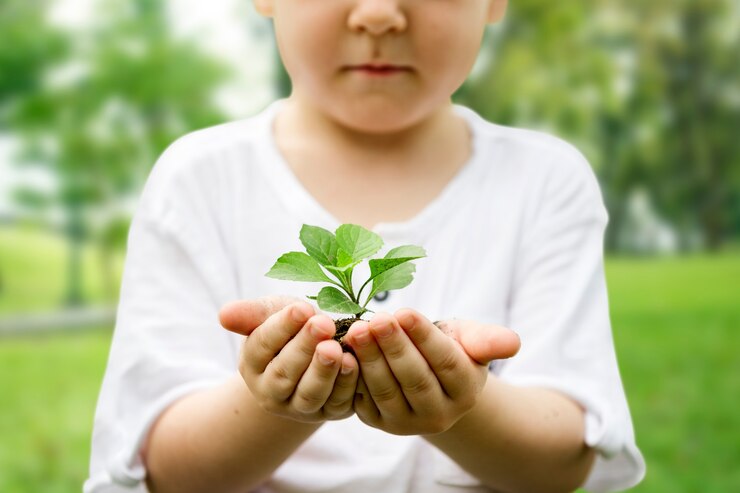
Children learn quickly from everyday actions and are wont to imitate what they hear and what they see from adults.
Giving them a good example by deciding, for example, that one day a week you do not take the car to do your shopping or go for a walk in nature, showing some care in the everyday products you buy or use, informing yourself about the quality of the air you breathe inside your home, results in behavior that becomes educational.
And this is an effort that benefits not only children but also the health of adults and that of the environment in which we live.
Pollution issues, while complex, must be explained to young children in a direct and straightforward manner without appearing rhetorical or alarmist.
Perchè i bambini sono i più colpiti dall’inquinamento
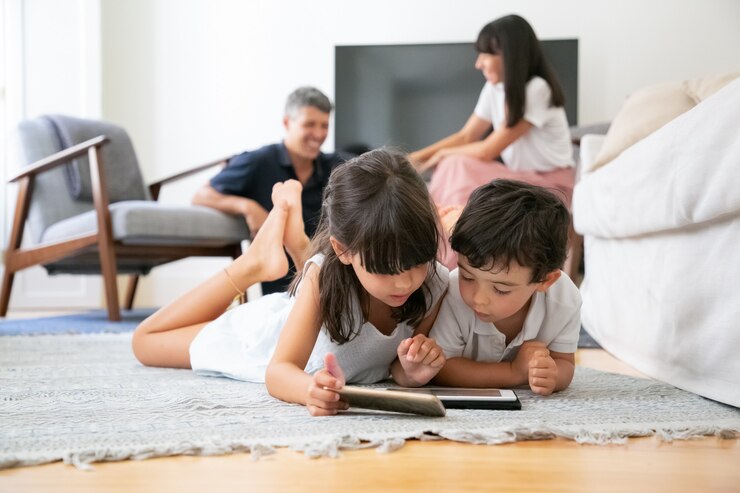
According to epidemiological studies, children are more sensitive to the harmful effects of air pollutants because their defense mechanisms are still evolving. They inhale more air than adults because they have a proportionally large lung surface area relative to their minute bodies. The smaller a child is, the more harmful the effects of pollution will be on his or her health: on a fetus or a newborn it will be even greater.
In the immediate term, exposure to polluted air can cause irritation of the nose, throat and eyes.
In the long run, on the other hand, it increases allergy sensitization and the risk of becoming asthmatic.
Children’s health should always be a priority, for governments, agencies, research institutes, hospitals and medical centers, yet the effects of pollution (especially indoor pollution) are still poorly understood and sensitized.
Air pollution is an enemy that must be fought, especially to protect the present and future of the next generation

